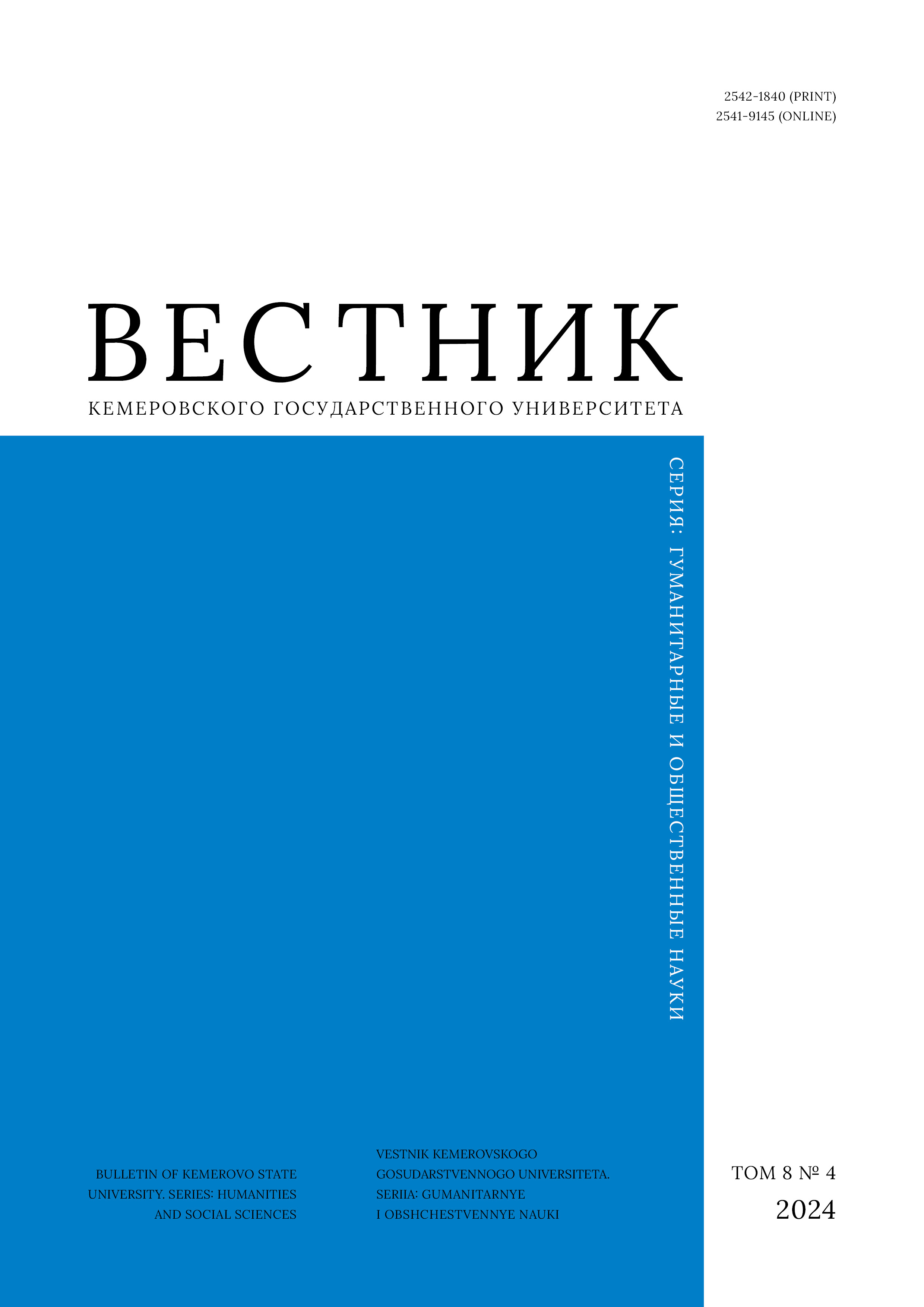Moscow, Russian Federation
Moscow, Russian Federation
Moscow, Russian Federation
As digital technologies penetrate all spheres of human life, scientific and technological progress becomes a global development factor. Artificial intelligence (AI) is an advanced and rapidly developing area that has already proved its efficiency in healthcare, finance, and transport. However, AI also poses significant ethical and legal challenges because it can be used to generate and distribute virtual child pornography. The article features methods of generating virtual child pornography through various AI tools, their ethical implications, and the existing legal frameworks that cover these issues. In fact, the existing international and national laws on child abuse fail to take into account AI-generated images. The authors studied cases and legal precedents to highlight the urgent need for robust regulatory legal measures to prevent the misuse of AI technologies, the potential of which should be realized for the benefit of society.
artificial intelligence technologies, virtual child pornography, ethical issues, legal frameworks, deep learning, generative adversarial networks, regulatory measures, crime detection and investigation
1. Zhevlakovich S. S., Sumina A. V., Lukinsky I. S. Is artificial intelligence able to raise a reasonable person? Legal Education and Science, 2023, (5): 3–13. (In Russ.) https://doi.org/10.18572/1813-1190-2023-5-3-13 EDN: https://elibrary.ru/AARXLM
2. Lukinsky I. S., Gorsheneva I. A., Sumina A. V. Artificial intelligence application as an optimization tool of research activity: Pro et contra. Psychology and pedagogy of service activity, 2023, (1): 99–102. (In Russ.) https://doi.org/10.24412/2658-638X-2023-1-99-102 EDN: https://elibrary.ru/UDCZFC
3. Castro D., New J. The promise of artificial intelligence. Center for data innovation, 2016, 44. URL: https://www2.datainnovation.org/2016-promise-of-ai.pdf (accessed 19 Jul 2024).
4. Jeong G. H. Artificial intelligence, machine learning, and deep learning in women's health nursing. Korean Journal of Women Health Nursing, 2020, 26(1): 5–9. https://doi.org/10.4069/kjwhn.2020.03.11
5. Yates S., Walker A., Van Meter K. Artificial Intelligence. 2020. URL: https://www.researchgate.net/publication/344575855_Artificial_Intelligence (accessed 11 Aug 2024).
6. Winston P. H. Artificial intelligence. Moscow: Mir, 1980, 520. (In Russ.)
7. Bellman R. E. An introduction to artificial intelligence: Can computers think? SF: Boyd & Fraser Publishing Company, 1978, 146.
8. Xu Y., Liu X., Cao X. et al. Artificial intelligence: A powerful paradigm for scientific research. The Innovation, 2021, 2(4). https://doi.org/10.1016/j.xinn.2021.100179 EDN: https://elibrary.ru/JYWVNF
9. Mahmood A., Wang J. L. Machine learning for high performance organic solar cells: Current scenario and future prospects. Energy & environmental science, 2021, 14(1): 90–105. https://doi.org/10.1039/D0EE02838J
10. Bughin J., Hazan E., Ramaswamy S., Allas T., Dahlstrom P., Henke N., Trench M. Artificial intelligence: The next digital frontier? McKinsey Global Institute, 2017, 80.
11. Poo M. Towards brain-inspired artificial intelligence. National Science Review, 2018, 5(6). http://dx.doi.org/10.1093/nsr/nwy120
12. Szegedy C., Zaremba W., Sutskever I., Bruna J., Erhan D., Goodfellow I., Fergus R. Intriguing properties of neural networks. arXiv, 2013. https://doi.org/10.48550/arXiv.1312.6199
13. Kuzmin D. I. Integrating artificial intelligence in innovative products. Vladimir: RANEPA, 2023, 144. (In Russ.) https://elibrary.ru/vhxcgj
14. Sumina A. V. Artificial intelligence in crime detection, investigation, and prevention. Relevant issues of law and law enforcement activity: Regional aspects: Proc. All-Russian Sci.-Prac. Conf., Krasnodar, 27 Oct 2023. Krasnodar: Krasnodar University MIA Russia, 2024, 179–181. (In Russ.) https://elibrary.ru/yxcvqr
15. Dremlyuga R. I. Application of artificial intelligence for criminal purposes from criminal law perspective. Pacific rim: Economics, politics, law, 2021, 23(3): 153–165. (In Russ.) https://doi.org/10.24866/1813-3274/2021-3/153-165 EDN: https://elibrary.ru/LADGAM
16. Chad M. S. Steel. Artificial intelligence and CSEM – A research agenda. Child Protection and Practice, 2024, 2. https://doi.org/10.1016/j.chipro.2024.100043
17. Sweetie 2.0: Using artificial intelligence to fight webcam child sex tourism, eds. Hof S., Georgieva I., Schermer B. W., Koops B.-J. T.M.C. Asser Press, 2019, 558. http://dx.doi.org/10.1007/978-94-6265-288-0
18. Wu S., Xiao S., Di Y., Di C. 3D film animation image acquisition and feature processing based on the latest virtual reconstruction technology. Complexity, 2021, (1): 1–11. https://doi.org/10.1155/2021/2331306 EDN: https://elibrary.ru/PVWWQS
19. Zhihan Lv. Generative artificial intelligence in the metaverse era. Cognitive Robotics, 2023, 3: 208–217. https://doi.org/10.1016/j.cogr.2023.06.001 EDN: https://elibrary.ru/HNRNEE
20. Brüns J. D., Meißner M. Do you create your content yourself? Using generative artificial intelligence for social media content creation diminishes perceived brand authenticity. Journal of Retailing and Consumer Services, 2024, 79. https://doi.org/10.1016/j.jretconser.2024.103790 EDN: https://elibrary.ru/UEVLCK
21. Hua Y., Niu S., Cai J., Chilton L. B., Heuer H., Wohn D. Y. Generative AI in user-generated content. Extended Abstracts of the CHI Conference on Human Factors in Computing Systems: Proc. Conf., Honolulu, 11–16 May 2024. NY: Association for Computing Machinery, 2024, 1–7. https://doi.org/10.1145/3613905.3636315
22. Arhiptsev I. N., Aleksandrov A. N., Maksimenko A. V., Ozerov K. I. Pornographic deepfake: Fiction or virtual reality? Sociopolitical Sciences, 2021, 11(1): 69–74. (In Russ.) https://doi.org/10.33693/2223-0093-2021-11-1-69-74 EDN: https://elibrary.ru/BRRKXC
23. Tishchenko V. I. The phenomenon of virtual reality: The evolution of the term. Trudy ISA RAS, 2023, 73(4): 58–67. (In Russ.) https://doi.org/10.14357/20790279230407 EDN: https://elibrary.ru/SFZEDL


















